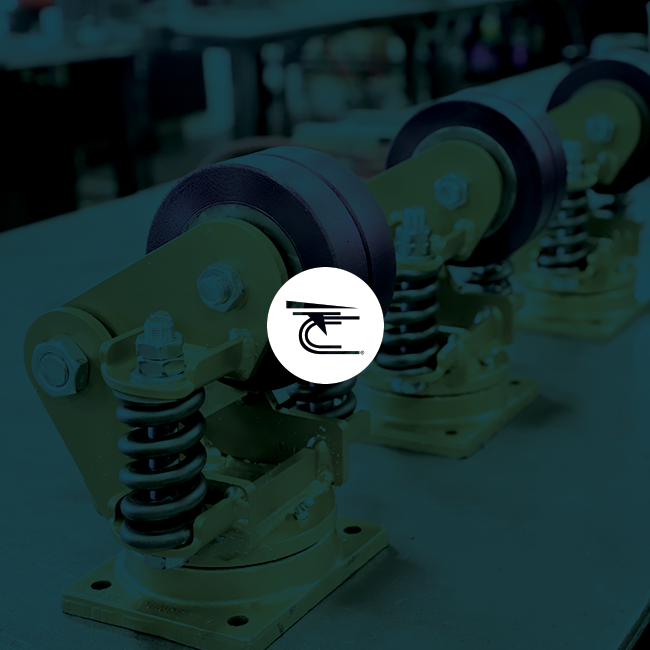

How many times have you bought something on price alone, choosing the product or service strictly because it had the lowest price?
One of the greatest benefits of a free enterprise system is freedom of choice. The elimination of almost all restrictions on businesses generally provides for great variety, and great competition. In order to win over customers, businesses must differentiate their product and make that difference clear to the purchaser.
Conveying that message of what is different about your product is no easy task. That is the reason many businesses look to price as a differentiator. Price is arguably the easiest selling point to convey, after all, every purchased item must have a price. For this reason, many imported products, especially from countries like China, are marketed on price. However, as many of us have learned the hard way, all too often, the price we pay is not the cost!
This statement holds true for industrial casters, industrial casters are primarily used to move loads that weight tons. When dealing with loads of that magnitude, a small variation can cause big problems. For example, two casters may look the same or very similar, however the bearings packed inside the swivel section of a caster may be very different. Bearings are the primary driver of how easily the caster (and the cart) will turn and maneuver. Two very common bearings are precision sealed, and ball bearings; precision sealed bearings do not require greasing (maintenance free), and have a longer use life rating than standard ball bearings. Precision bearings have a higher purchase price, but that does not mean that they have a higher overall cost.
For example:
Given that a caster with precision bearings has a list price of $44 and a caster with traditional ball bearings has a list price of $32. We will assume that market average labor rate is $20 per hour, and that grease costs .50 cents per caster. If it takes an average of 16 minutes to pull the cart out of service, tip it over and grease two swivel casters, the average is 8 minutes of maintenance labor per caster .
The overall cost of these two casters is:
| Ball Bearing | Precision Bearing |
|---|---|
| Caster Purchase Price $32 |
$44 |
| Grease Price (.50 applied 4 times per year) $2 |
N/A |
| Labor (.33/minute * 8 min * 4x per year) $10.56 |
N/A |
| Total Cost for 1 year $44.56 |
$44 |
| Average use period for a caster is 3 years; total 3 year use cost is $69.68 |
$44 |
As you can see in this example, the overall cost for three years of use of the cheaper caster, is actually $25.68 greater than the purchase price of the caster with precision sealed bearings. That is just the monetary cost difference, and does not take into consideration the impact on functionality if grease is under or over applied, nor does it account for time spent monitoring maintenance schedules and acquiring supplies needed for maintenance.
While casters may seem like a simple commodity, they can actually be a valuable solution to complex issues. Casters can have significant impact on injuries due to overexertion (the leading cause of workplace injuries in the US), they can also greatly impact productivity and performance, in both manual and automated processes. Its easy to be confused, especially in a market flooded with product made in China, designed to achieve rock bottom pricing.